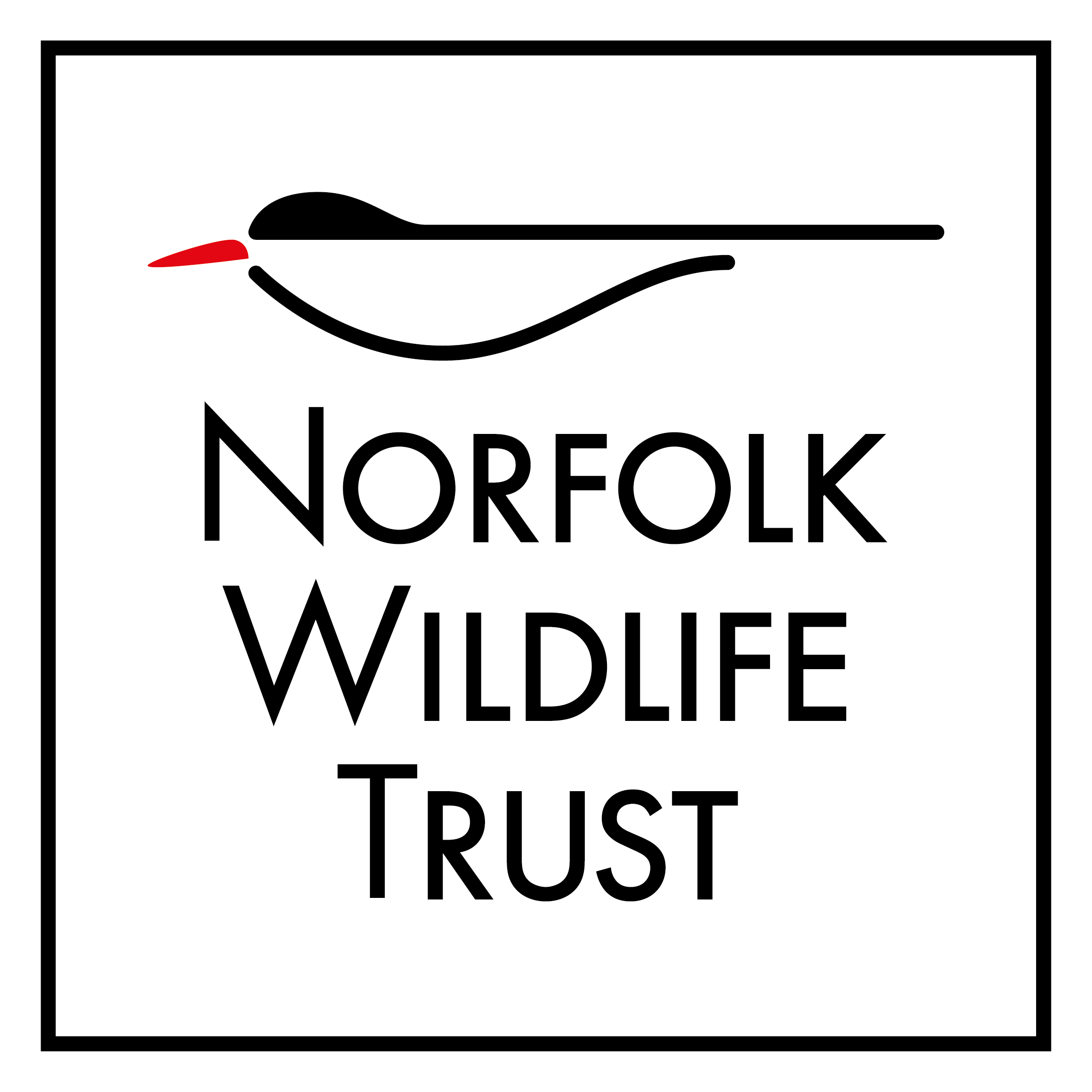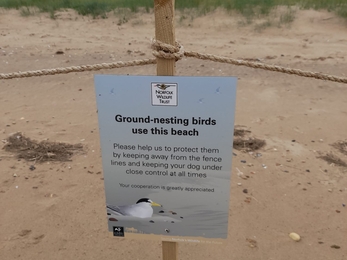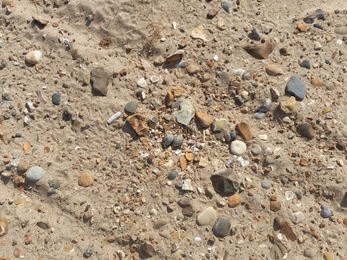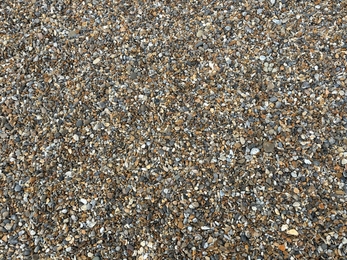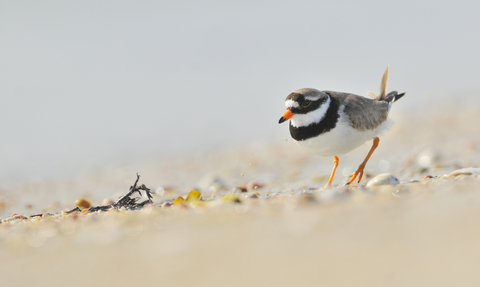
A ringed plover (credit: Fergus Gill/2020VISION)
Beach-nesting birds
Over half of England’s most threatened breeding birds nest on the ground, and for some, including ringed plover, little tern and oystercatcher, Norfolk’s coastline is a vital stronghold during the spring and summer.
After a long journey, in the case of little terns from Africa, the birds settle down on our coast to raise a family. During this time, they face many challenges including disturbance, rising sea levels and predators. In the last 35 years, the population of ringed plovers in Norfolk has declined by a shocking 79 per cent, with just 123 pairs recorded in 2018.
Norfolk is the most important county in the UK for nesting little terns. In 2021, almost half of the UK population (roughly 691 pairs) of these birds were attempting to nest across the North and East of Norfolk. Oystercatcher numbers are also dropping, seeing them join the little tern on the Amber list of conservation concern.
To help beach-nesting bird populations recover, we protect and monitor these avian tourists during their annual visit to Holme Dunes and Cley Marshes.
Meet the birds!
These birds have been identified as significantly at risk. Learn how to identify them so you can keep an eye out on the coast.
How you can help:
- Keep a distance from special fenced-off nesting areas on the beach
- Be vigilant for the tiny chicks that may be feeding on the shoreline
- Keep dogs under effective control
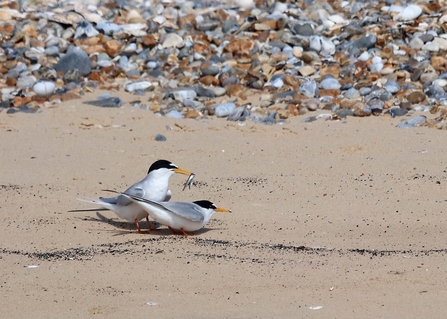
Little terns at Blakeney Point (credit: NWT North Norfolk Local Group)
Little tern
Little tern are one of our rarest breeding seabirds, returning each year from West Africa in May to breed on our shingle beaches and feed on fish close to shore. Listen for their chattering call or look for their yellow beak with a black tip.
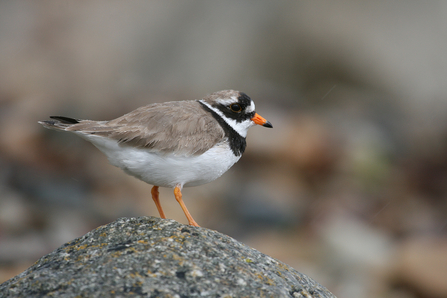
Ringed Plover ©Tom Marshall
Ringed plover
Ringed plover lay their eggs on the beach from late March. These small camouflaged birds feed on insects along the beach and crustaceans along mudflats. In the presence of predators, these birds can pretend to be injured to deter threats away from their nest.
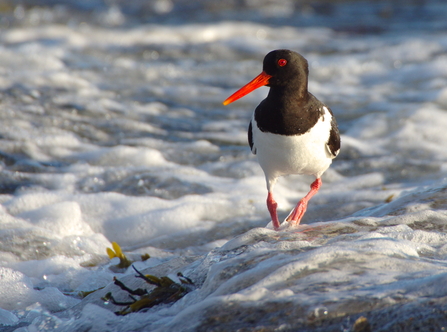
©James Rodgerson
Oystercatcher
Oystercatcher have a distinctive orange beak, red ring around their eyes and smart black and white plumage. They are fiercely territorial and can be heard hassling other birds on the beach. Their diet includes cockles, mussels and worms.
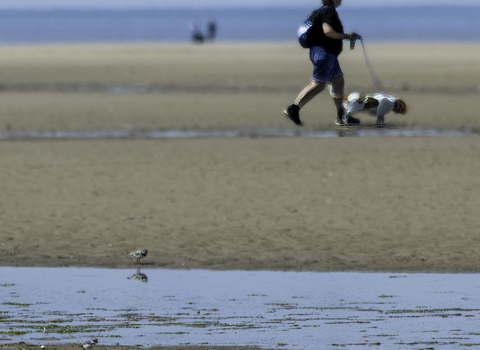
Little ringed plover at Holme (credit: Frederic Landes)
All wild birds' nests and eggs are protected by law and it is illegal to knowingly disturb them.
All little terns are afforded special legal protection under Schedule 1 of the Wildlife and Countryside Act 1981 and it is illegal to disturb them during breeding. For more information, please take look at the government guidance.
Related news and blogs
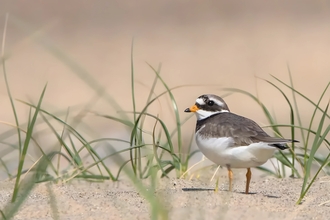
Birds on the beach
Beach-nesting birds face many challenges, but we can all help to protect them, says Nature Conservation Officer Robert Morgan.
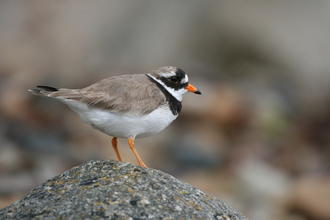
Protecting Norfolk’s precious beach-nesting birds this summer
Known for its beautiful stretch of coastline and tranquil surroundings, Holme-next-the-Sea is one of Norfolk’s best-kept secrets. For…
